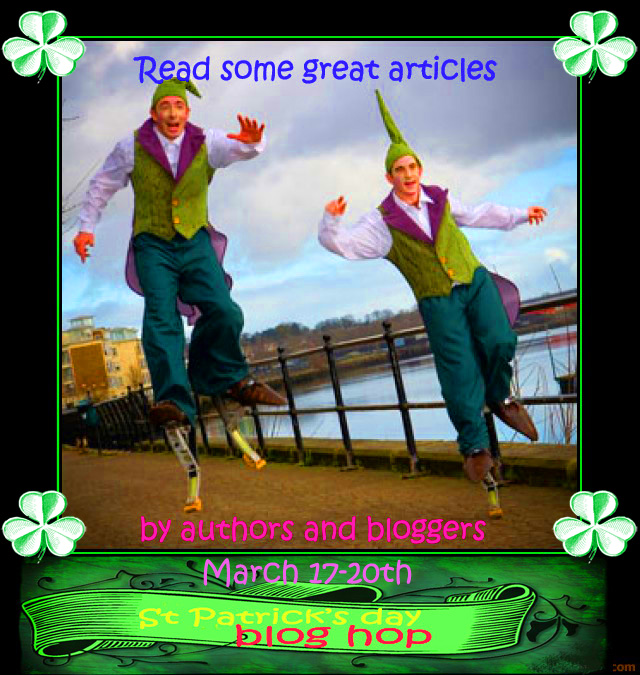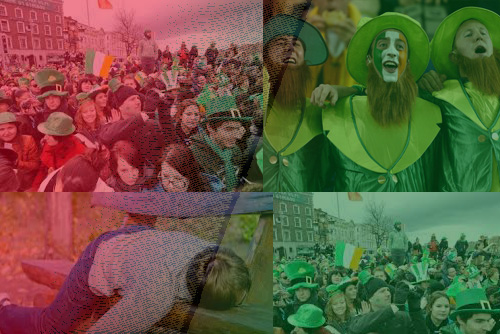
There is little doubting the uniqueness of Sinead O’Connor’s voice. When you listen to “Nothing compares to you” you can’t but fail to be moved by it, it gets you every time you hear this rousing song. But what about the singer? I had the pleasure to see her in concert in Paris a few years back. I sensed that there was something quite not right about Sinead, there was a palpable edginess to the concert.
In Ireland she is an icon and the press can’t get enough of her, while at the same time she is depicted as being a wild crazy woman, mentally unstable. She is not afraid to be extremely honest about her childhood and the physical and mental abuse she had suffered at the hands of her mother (although other members of her family dispute this). In her own words…“I never took time to recover from what had gone on when I was growing up, and to establish a sense of self,” she says, quietly but surely. “The big problem if you are a child abused is that you don’t really have a strong sense of your own identity. She obviously is struggling to come to terms with her childhood, but also the pressures of fame. In July 2003 she said pertinently “I seek no longer to be a ‘famous’ person and instead I wish to have a normal life,” adding “Could people please afford me my privacy?”
Sometimes her so called “crazy antics” have been very public. Tearing up a picture of the pope on Saturday Night Live in America in 1992, was followed by coming stage at a tribute concert for Bob Dylan, wrapped a rastafarian prayer cloth around the microphone and sang an unaccompanied version of “War”, a musical rendition of a speech Haile Selassie made to the United Nations in 1963, to which Sinead added her own lyrics focusing on child abuse. Her performance drew mixed reactions, some booing.
It seems like Madonna, on her Australian tour is going through a Sinead type phase.
Ripping up a picture of the pope brought about an inevitable backlash with leading Roman Catholics attacking the singer and urging the faithful not to buy her records. Her relationship with religion seems complex. She raised many eye browses when it was revealed she had been ordained as Mother Bernadette Marie by Bishop Michael Cox of the rebel Tridentine Order, at Lourdes. Irish and American newspapers went for Sinead viciously dubbing her “mad”, “deranged” and ” weird”.
Effecting Sinead deeply has been custody battles for her daughter, which even made her contemplate suicide. “I have made one suicide attempt in my life, and that was on my 33rd birthday, after a session in court that day where it was suggested that for the rest of my life I would only see my daughter once a month. I made a very serious suicide attempt, and I did almost die.” She seems dogged by this notion that she is mad.
Sinead O’Connor for many years was deemed to suffer from Bi Polar, which was later proved false. She announced “I do not in fact suffer from Bi Polar disorder and never did . . . and should never have been put on the medication . . . They are extremely debilitating drugs. Tiring to the extreme. Ironically, extremely depressing. They can cause suicidal or self-harm type thinking.” O’Connor said, in an interview in the Irish Mirror, “I’m delighted to be able to say that after ten years of poisoning myself with these drugs and having to live with the extremely difficult side-effects of them I can shortly begin the very, very slow indeed, process of getting them out of my system and my life and getting my life back.”
This poses the question could the constant cries by the media that Sinead is crazy influence Doctors. Sinead went through a ten year period with different psychiatrists, none of them alluding the effects of the medication she was under.
Sinead seems to be making a constant cry for help. She seems horribly misrepresented by the press. If she is crazy it is a wonderful crazy.
Part of a St Patrick’s Day blog hop, read other articles by writers and bloggers.
http://francishpowellauthor.weebly.com/st-patricks-day-blog-hop.html

Follow Francis H Powell on Twitter
https://twitter.com/Dreamheadz





